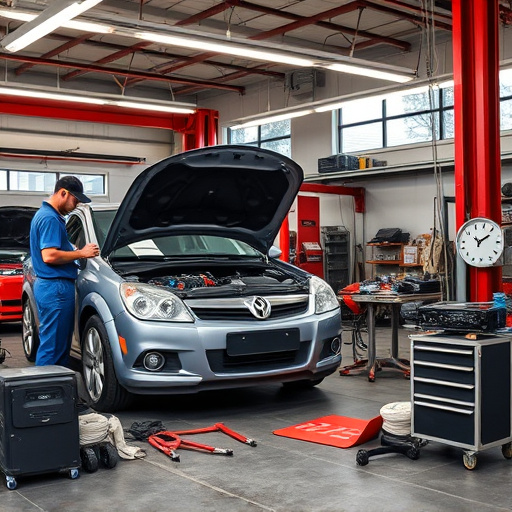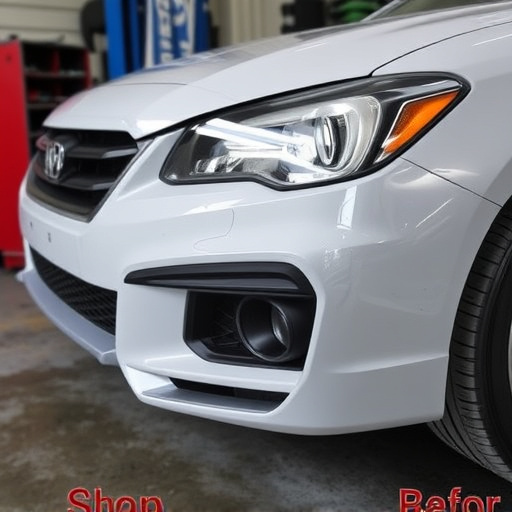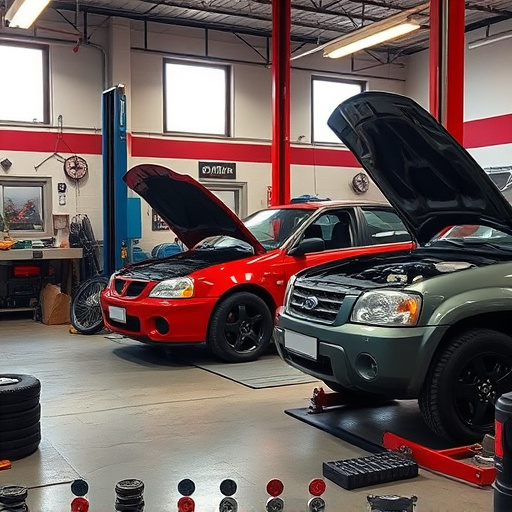Effective management of customer feedback is crucial for collision repair shops to meet and exceed client expectations. By actively listening, responding to insights, and analyzing data, repair facilities can enhance service quality, bridge expectations with reality, build trust, and foster positive experiences for both complex restorations and routine repairs, ultimately driving repeat business.
Customer feedback plays a pivotal role in shaping the landscape of repair services, acting as a bridge between service providers and consumers. Understanding the dynamics of this feedback is essential for adjusting customer repair expectations. This article delves into the intricate relationship between customer input and satisfaction, offering strategies to effectively incorporate feedback and enhance repair outcomes. By navigating these insights, businesses can foster stronger relationships and ensure client loyalty.
- Understanding Customer Feedback Dynamics in Repair Services
- Adjusting Expectations: The Impact on Customer Satisfaction
- Strategies for Incorporating Feedback to Enhance Repair Outcomes
Understanding Customer Feedback Dynamics in Repair Services
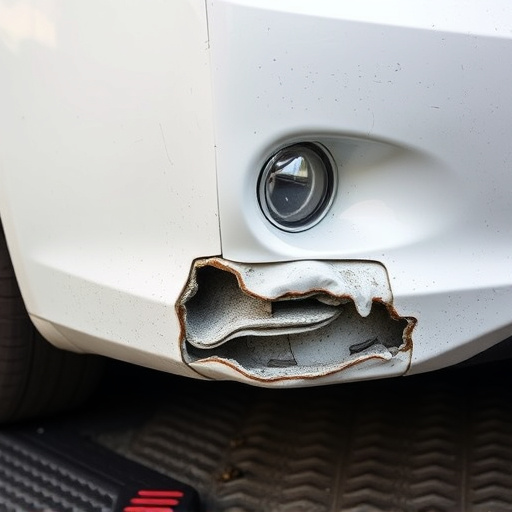
In the realm of repair services, understanding customer feedback is paramount to aligning with customer repair expectations. When a client brings their vehicle into a collision repair shop for car dent repair or any other service, they form an initial impression based on interactions with staff, facility condition, and the explanation of the repair process. This sets the stage for their expectations post-repair. Feedback dynamics in repair services are nuanced, as clients not only assess the quality of work but also the communication, timeliness, and overall value for money.
Effective customer feedback management involves active listening and responsive action. For instance, a collision repair shop that excels in car dent repair should prompt clients to share their experiences, whether positive or constructive. By analyzing this feedback, the shop can identify areas of satisfaction and potential improvements. This data-driven approach enables them to refine processes, enhance service quality, and better manage customer repair expectations. Moreover, incorporating client insights into marketing strategies ensures that the business remains competitive in a market where word-of-mouth recommendations carry significant weight.
Adjusting Expectations: The Impact on Customer Satisfaction
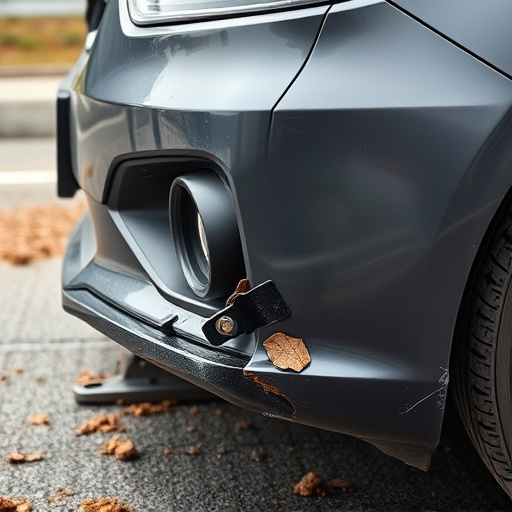
Adjusting customer repair expectations is a delicate yet powerful tool for enhancing overall satisfaction with vehicle restoration services. When customers enter a Mercedes Benz collision repair shop or any car bodywork service, they come with varying levels of understanding and expectations. Some may have specific ideas about how their damaged vehicle should look after repairs, while others simply seek professional guidance to restore their ride to its former condition. By actively listening to and incorporating customer feedback, repair facilities can bridge this gap between expectations and reality.
This process involves not just meeting but exceeding client expectations. For instance, a customer who brings in their beloved classic car for restoration might appreciate detailed explanations about the intricacies of the repair process and the final outcome. This transparency builds trust and ensures that the customer’s vision aligns with the vehicle’s post-restoration appearance. Similarly, for more routine repairs, clear communication can prevent surprises later, fostering a positive experience and encouraging repeat business for both Mercedes Benz collision repair shops and car bodywork services.
Strategies for Incorporating Feedback to Enhance Repair Outcomes
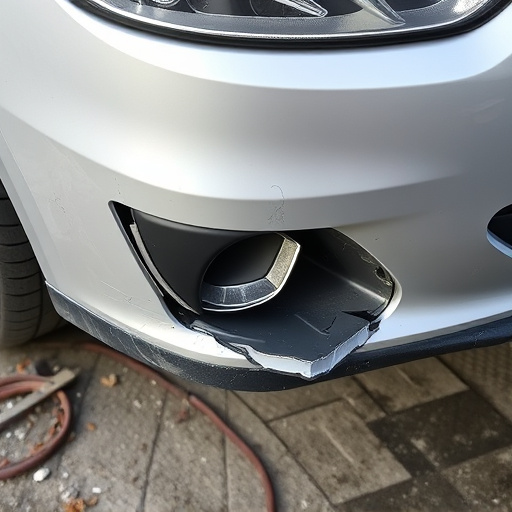
Incorporating customer feedback is a powerful strategy to enhance the overall repair experience for luxury vehicle owners and those seeking automotive restoration or collision repair services. The process begins by actively listening to customers’ concerns, suggestions, and experiences during their interaction with the repair shop. This can be done through various channels such as post-repair satisfaction surveys, online reviews, or direct communication. By analyzing this feedback, shops can identify recurring themes and areas that require improvement.
For instance, if many clients mention long wait times, the repair shop might invest in streamlining their processes to reduce turnaround time. Similarly, positive comments about a specific mechanic’s expertise can be used to highlight their skills, fostering customer loyalty. This data-driven approach ensures that each piece of feedback is valued and utilized effectively to meet and exceed customer repair expectations, whether it’s for a high-end luxury vehicle repair or more general automotive collision repair services.
Customer feedback plays a pivotal role in shaping successful repair outcomes and ensuring high levels of satisfaction. By understanding the dynamics of customer feedback, service providers can proactively adjust repair expectations, leading to stronger client relationships. Incorporating feedback strategies not only enhances the overall repair process but also fosters a culture of continuous improvement, making it an invaluable asset for any repair service business. When repairs meet or exceed adjusted expectations, clients are more likely to remain loyal and recommend services to others, ultimately driving growth and success.


